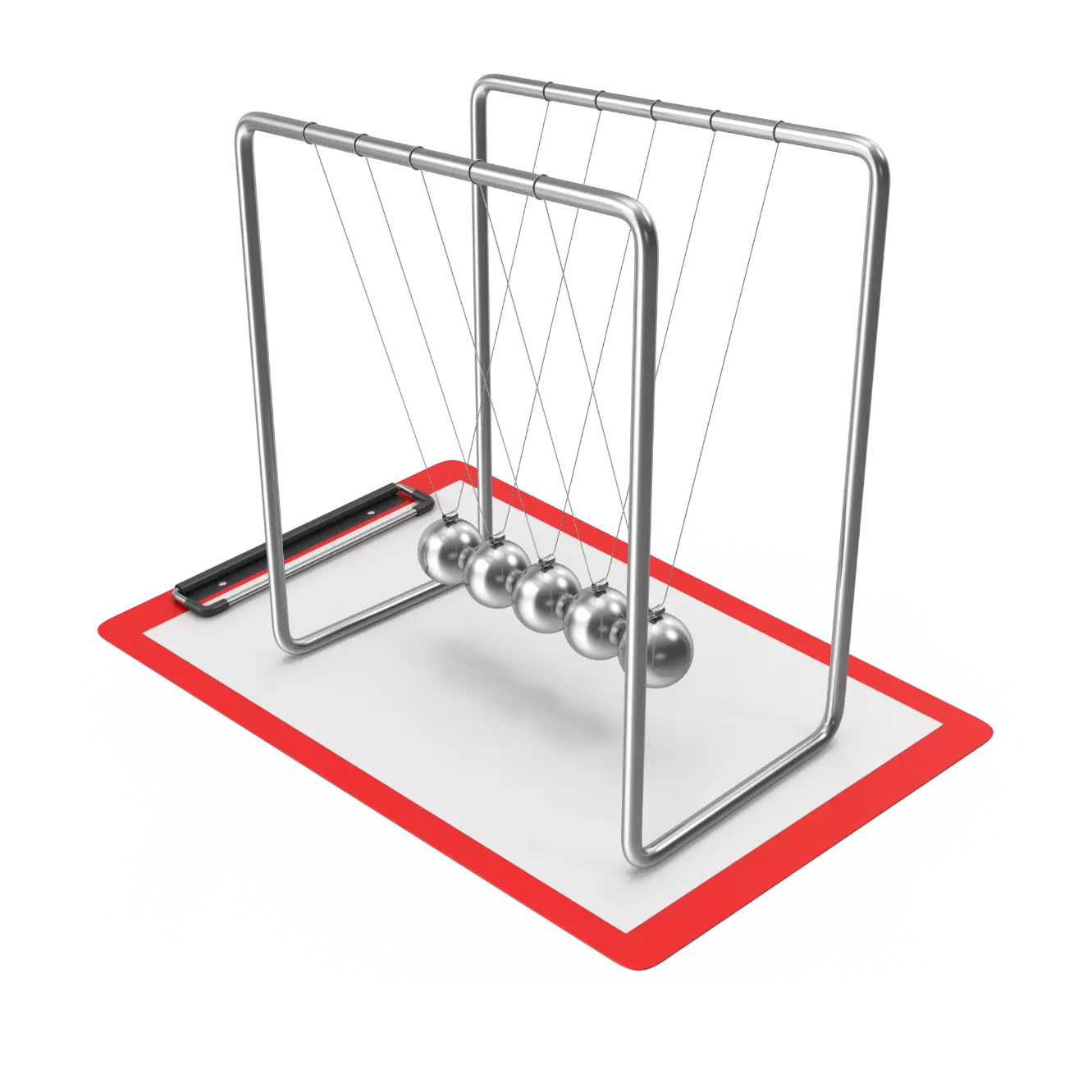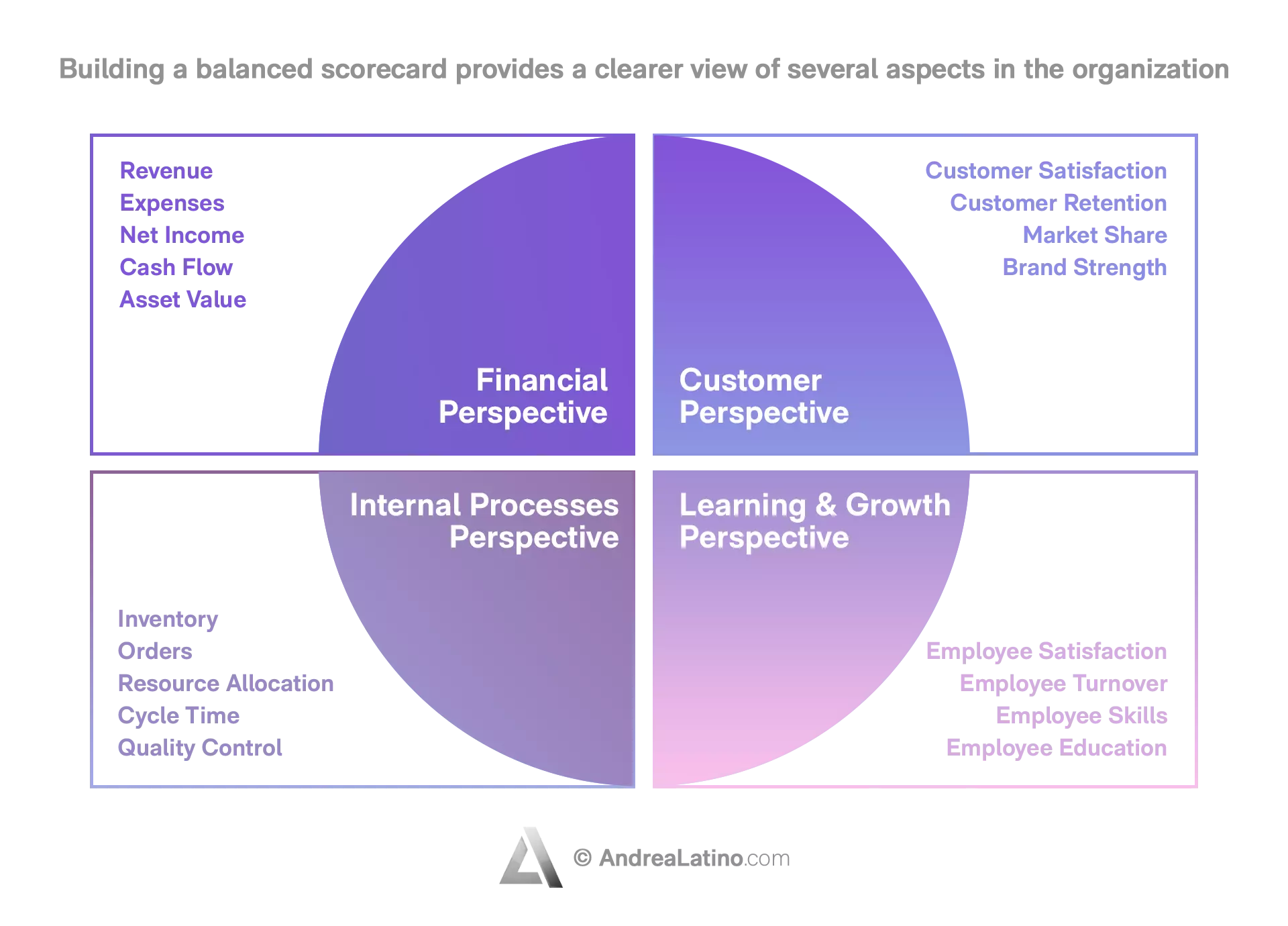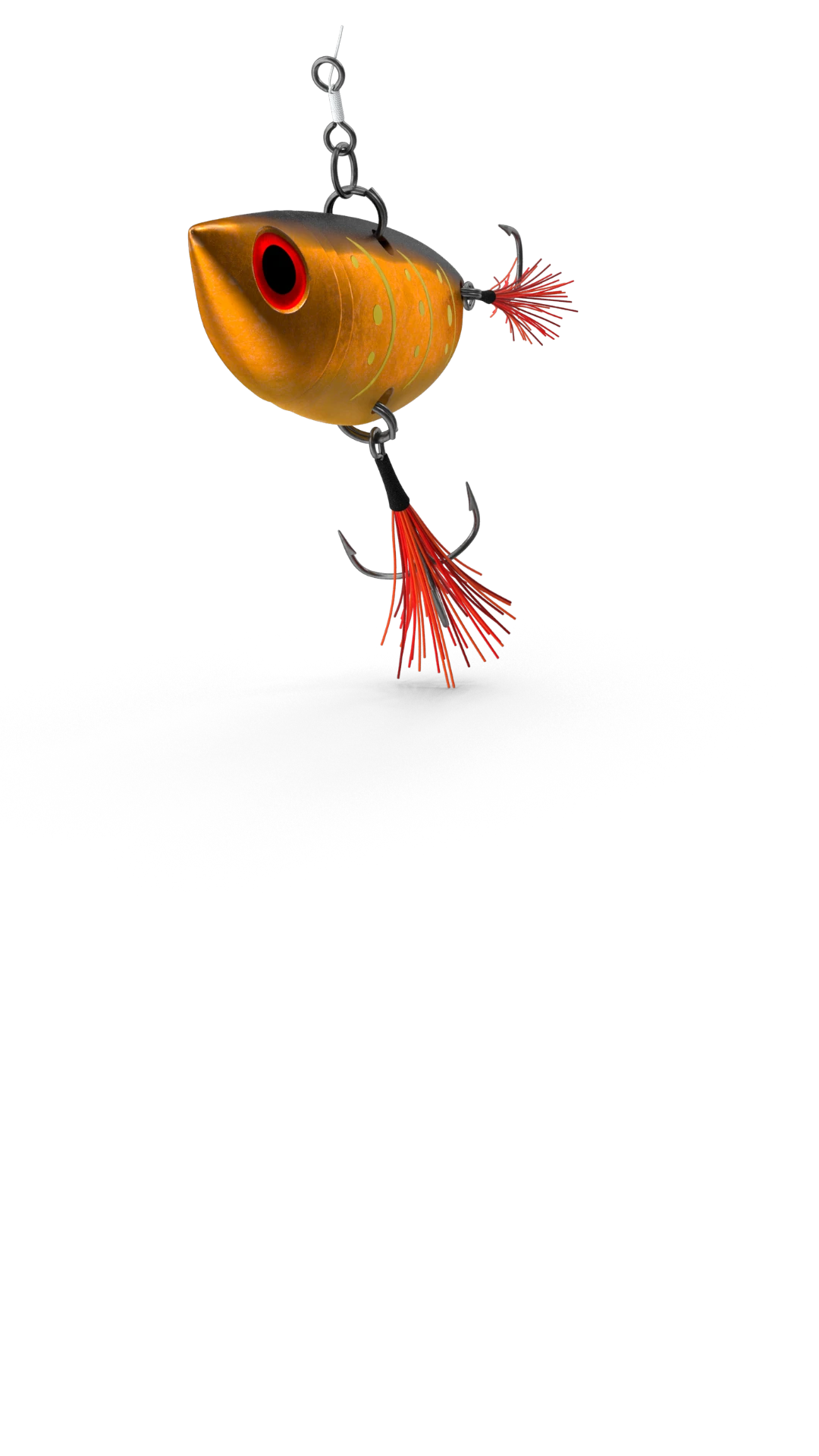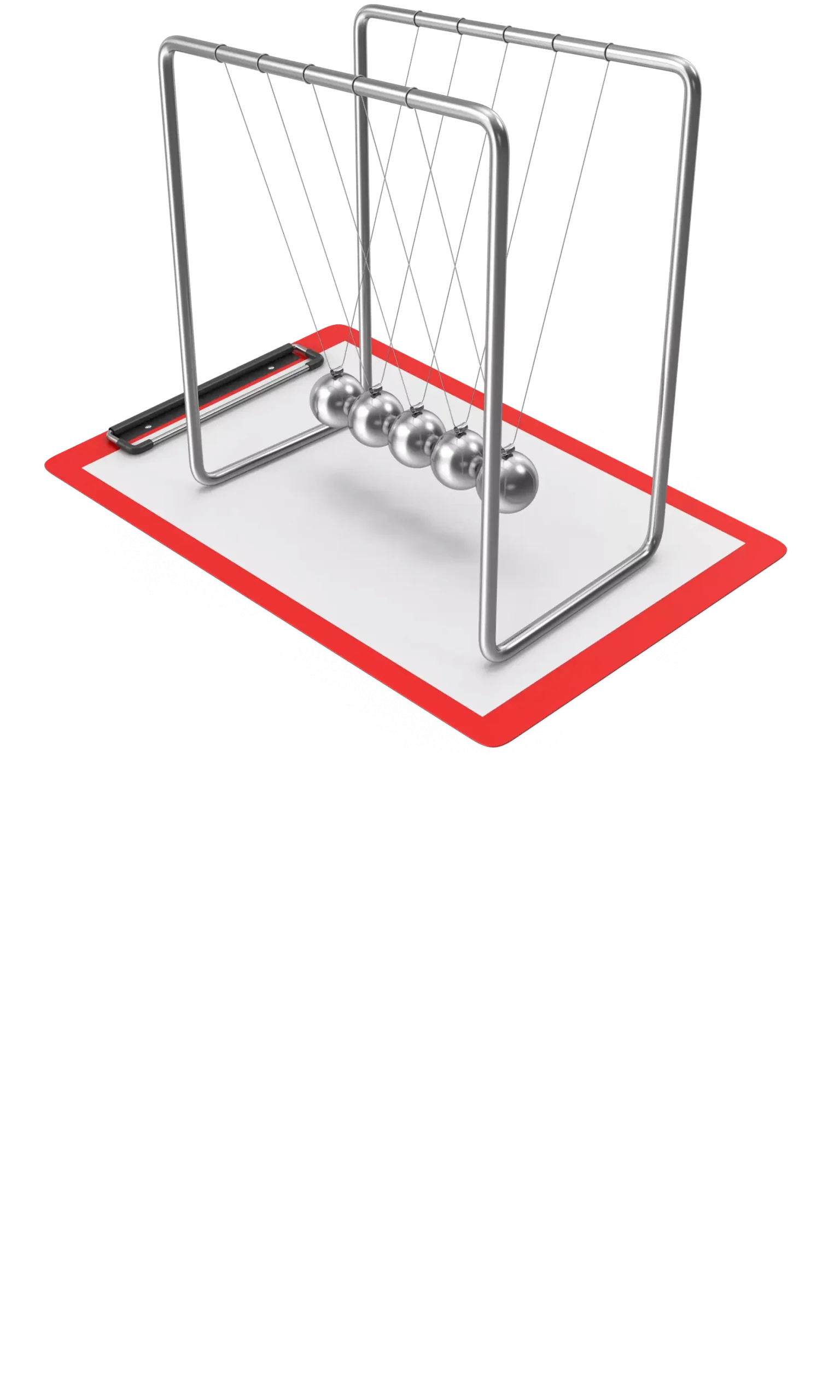Innovation Alphabet
Balanced Scorecard
in a nutshell
In business, as in life, you need balance. The Balanced Scorecard is a holistic tool for strategic management. It offers, in fact, the possibility of assessing corporate performance in its wholeness. An overview that embraces four perspectives: the business/financial side, customers and stakeholders, internal processes, and learning and growth.


Application Fields
• Customer care: Since the value of a company no longer depends solely on profit, but also on customer perception, it is inevitable to strengthen customer care. Regular consumers may even become the most important brand promoters. After all, the concept of the Balanced Scorecard is that improvement in one area will inevitably reflect on the others.
• Strategy: A balanced evaluation form helps outline the path the company is on, identifying the value pieces that make up that path. Holistic performance evaluation, by considering aspects that are usually overlooked, pushes for improvement in terms of strategy, for a planning process that keeps all the pieces connected between the various business components.
• Training: One of the cornerstones of business success is undoubtedly the innovation and learning pillar. Consequently, constant and sustained staff training is something to focus on, starting with the HR department.

Do you have a Operations & Human Resources challenge to tackle? Let’s face it. Together.
C-levels from these companies (AND MORE) relied on my expertise to overcome thEIR CHALLENGES IN THIS AREA. And You can, too.
Can I help you?Industries
• Balanced Scorecard in the IT and technology industry
ECI is an American company that provides end-to-end technology solutions for the financial industry. With the aim of providing services that could result in attracting new customers, ECI adopted a strategic management system. The decision was related to the choice of having to derive data and information not only related to classical economic, financial, and capital aspects, but also outside the company. The tool led to the achievement of the initial purpose.
• Balanced Scorecard in the research industry
The Royal Botanic Garden Edinburgh is a major scientific research organization in the field of botany that operates internationally. The Center first adopted the Balanced Scorecard in 2004. Resulting in the development of an optimal cost calculation system and improvement of existing performance management.
• Balanced Scorecard in the healthcare industry
Sunnybrook Health Science Centre is a Canadian company that began as a hospital for war veterans and has now grown into a full-fledged healthcare institution. It boasts an affiliation with the University of Toronto, with which, for the 2018-2021 strategic plan, it used a balanced evaluation form to achieve four macro-objectives: personalized medicine, sustainable models of care, better experience of care, and teams with excellent performance.
Business Functions
• Balanced Scorecard in support of HR
Following the 2008 financial crisis, a Volkswagen industry management team in Brazil embraced a Balanced Scorecard to effect cultural change and align financial resources related to the company’s overall strategy. It was a tactic that proved effective, as programs capable of unifying the vast network consisting of suppliers and dealers were established.
• Balanced Scorecard in support of performance
A private company can carry out performance measurement completely independently. But what about a free, public service? Even the University of Virginia Library was able to accommodate a comprehensive planning tool such as the Balanced Scorecard for university library lending. This has enabled the Library to achieve tangible efficiency results over the long term.
• Balanced Scorecard in support of strategy management
The Federal Bureau of Investigation had to reorganize following the 9/11 terrorist attack and go through a real transformation process. The Strategy Management department understandably decided to rely on the world’s best practices for the industry, including the implementation of the scorecard to manage the balance between crime prevention and law enforcement.
Stay in wonderland
Let me show you how deep the rabbit hole goes.
Check out more of the Innovation Alphabet:

3D Printing
3D Printing
“3D printing” is a process carried out by an electronic device which, instead of resorting to the canonical ink, it molds almost any kind of material: from concrete to living tissue, most usually plastic, but also metal. And the operating principle is similar to that of a traditional printer. The creation of three-dimensional models can lead to the redesign of a company’s production capabilities.
Dive In
5G
5G
5G is the new frontier of cellular telephony. It was designed to improve (or completely replace) previous generations of mobile networks. The 5th generation features lower latency, ensuring flawless performance of business applications and many other digital experiences – thus enabling the new cultural generations to furiously play Fortnite away from home.
Dive In
Advanced Analytics
Advanced Analytics
The term “Advanced Analytics” refers to the ability to autonomously or semi-autonomously analyze data and content to identify correlations, develop analyses, predictions, and recommendations. It is not just a matter of collecting information and then organizing it into watertight compartments: the ultimate goal is to identify a dialogue pattern from a data-driven perspective.
Dive In
Agile
Agile
Agile is an approach to software development designed to respond to change. Teams quickly analyze the context in which they operate, identify uncertainties faced, and figure out how to adapt to always move forward. Interaction between individuals comes before processes and tools; collaboration with the customer is more important than negotiating contracts.
Dive In
Ansoff Matrix
Ansoff Matrix
The Ansoff Matrix is a marketing planning model that arises from the intersection of new and existing products and markets. It derives four possible strategies for expanding the company’s market, which are built around four variables with a changeable factor of risks and possibilities: existing product, new product, existing market, new market.
Dive In
Artificial Intelligence
Artificial Intelligence
Artificial Intelligence is not strictly defined. Basically, it is a computer system able to make decisions in an independent and flexible way. A good AI application can perform everyday tasks better than an average person (e.g., identifying other people from their photos on social media or beating the best chess player). Nothing to fear, then. Unless you are a chess champion.
Dive In
Artificial Scarcity
Artificial Scarcity
We often tend to desire what we cannot have. Or what we are in danger of losing: Artificial Scarcity is a strategy that flaunts a limited number of items that do not correspond to actual availability. The goal is to stimulate the perception in consumers that the stock of items is about to run out and thus create a need based on the “fear of being cut off” or the intention to buy the item in order to resell it at a higher price.
Dive In
Attack Surface
Attack Surface
The term attack surface refers to the part of a system that may be subject to attack or breach by hackers. The smaller that surface is, the easier it will be to protect it. Indeed, the Internet is an ocean of deep, dark waters: those who navigate it must be aware that they are exposing themselves to a flood of digital risks. Yet, ironically, we do not need a big boat to shelter us.
Dive In
Augmented Reality
Augmented Reality
Augmented Reality is an ever-evolving technology that overlays multimedia information on top of our common sensory horizon to gain a deeper understanding of our surroundings. No, it doesn’t allow you to step out of the Matrix dream simulation, nor can it be accessed by swallowing a red pill. But neither is it the disturbing experience of the Playtest episode of Black Mirror.
Dive In
Balanced Scorecard
Balanced Scorecard
In business, as in life, you need balance. The Balanced Scorecard is a holistic tool for strategic management. It offers, in fact, the possibility of assessing corporate performance in its wholeness. An overview that embraces four perspectives: the business/financial side, customers and stakeholders, internal processes, and learning and growth.
Dive In